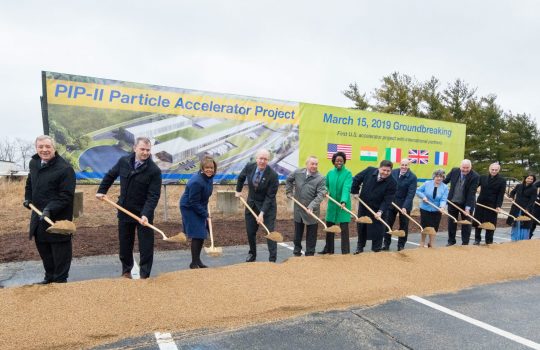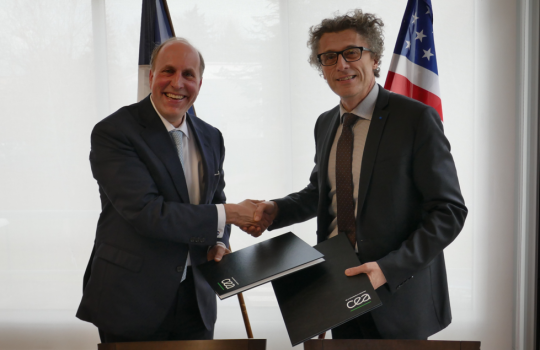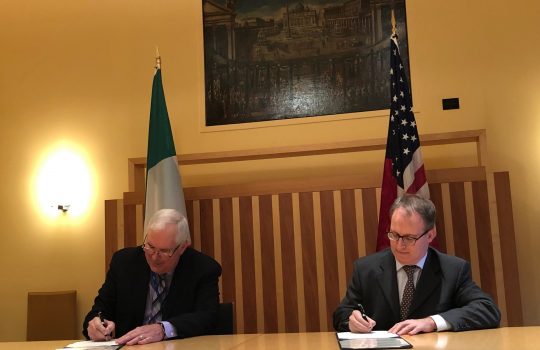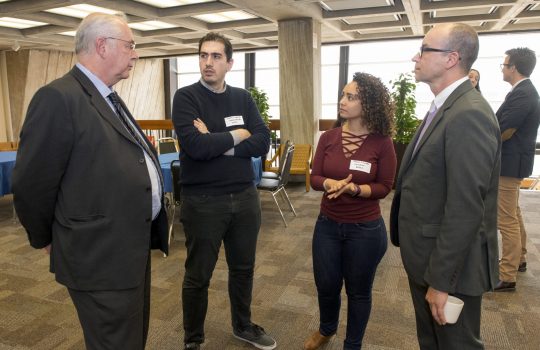Grandes projetos internacionais exigem infraestrutura de pesquisa
From Agência FAPESP, May 1, 2019: Colaborações científicas de longo prazo exigem grande infraestrutura de pesquisa. Um bom exemplo disso está na Europa, o Large Hadron Collider (LHC). Considerada a maior máquina do mundo, levou uma década para ser construída, envolvendo milhares de cientistas de 111 países.




